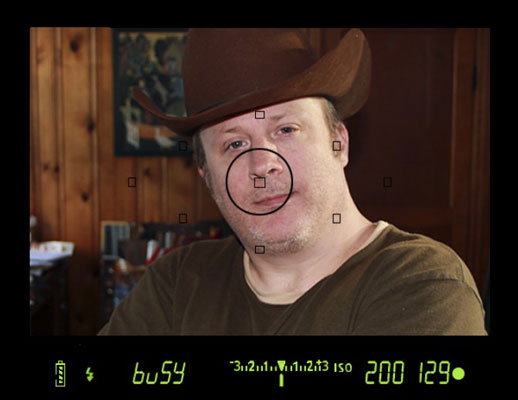The built-in flash on your Canon 60D has three basic modes of operation: Auto flash, in which the camera decides when to fire the flash, basing its decision on the lighting conditions; On, in which the flash fires regardless of the lighting conditions (you may hear this flash mode referred to as force flash because the camera is forced to trigger the flash even if its exposure brain says there’s plenty of ambient light); and Off, in which the flash does not fire — no way, no how.
As with most everything else on your camera, which settings are available to you depends on the exposure mode you choose. Here’s how things shake out:
Full Auto, Portrait, Close-Up, and Night Portrait: Auto flash is used in these modes; you can’t control whether the flash fires. However, you can set the flash to Red-Eye Reduction flash mode if you want.
Landscape, Sports, and Flash Off modes: Flash is disabled.
Disabling flash in the Flash Off mode makes sense, of course. But why no flash in Sports and Landscape mode, you ask? Well, Sports mode is designed to enable you to capture moving subjects, and the flash can make that more difficult because it needs time to recycle between shots. On top of that, the maximum shutter speed that’s possible with the built-in flash is 1/250 second, which often isn’t fast enough to ensure a blur-free subject. Finally, action photos usually aren’t taken at a range close enough for the flash to reach the subject, which is also the reason why flash is disabled for Landscape mode.
Creative Auto: In this mode, you can choose from all three flash settings, and you can enable Red-Eye Reduction flash as well.
P, Tv, Av, M, B (bulb), and C (custom): In these modes, you don’t actually choose a flash mode. Instead, you simply press the Flash button on the side of the camera to pop up the built-in flash when you want that extra burst of light and close the flash unit when you want to go flash free. You also have access to some advanced flash options, such as Flash Exposure Compensation, which enables you to vary the flash intensity. In C mode, flash settings depend on what you previously registered.
The viewfinder displays the following symbols to alert you to the flash status:
Flash On: A little lightning bolt tells you that the flash is enabled.
Flash Recycling: If you see the word “Busy” along with the lightning bolt, the flash needs a few moments to recharge. When the flash is ready to go, the “Busy” message disappears. Flash Recycling status also appears in the LCD panel.


